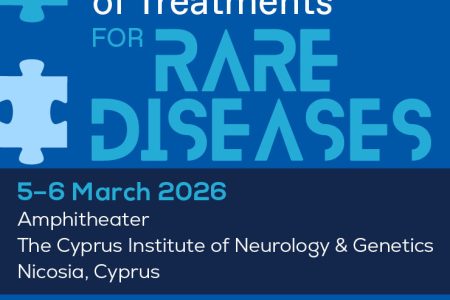In an unprecedented medical milestone, in February 2025, a six-month-old baby named K.J. Muldoon became the first person to receive a personalised CRISPR-based therapy tailored to correct a unique mutation causing carbamoyl phosphate synthetase 1 (CPS1) deficiency—a rare and deadly metabolic disorder. Developed, tested, and delivered in just six months, the therapy used base editing delivered by lipid nanoparticles to the infant’s liver, repairing the faulty gene responsible for toxic ammonia buildup in the bloodstream. The treatment—engineered by a research team led by Dr. Fyodor Urnov and the NIH’s Bespoke Gene Therapy Consortium—represents a turning point in genomic medicine.
K.J.’s condition has already begun to improve: he tolerates more dietary protein, needs fewer medications, and has survived viral infections without major complications. Scientists across the world have celebrated the treatment not only as a technical breakthrough, but as a template for the future of highly personalised, rapid-response gene therapies.
The CPS1 case underscores the urgent relevance of ERDERA’s mission. Its ambitious design—structured around accelerating diagnosis, streamlining trials, and building public-private platforms for Advanced Therapy Medicinal Products (ATMPs)—positions it to potentially integrate, scale, and democratise such individualised approaches. With a focus on modular delivery technologies, organ-specific therapies, and shared clinical infrastructures, ERDERA has both the vision and the tools to turn pioneering “n-of-1” therapies like K.J.’s into broader, repeatable solutions for Europe’s 30 million rare disease patients.
Opening a new chapter: Scientists react to a game-changing treatment
For researchers across the ERDERA alliance, the successful use of a CRISPR-based therapy in a single infant is more than a scientific feat—it’s a glimpse into the future of precision medicine for rare diseases. “It was not only a triumph of science but of humanity as well,” said Dr. Eleni Papanikolaou. “It’s hard to believe that this came to reality in such a short time. The efficiency and velocity of the procedures, the correct delivery of the genome editing tools to the target organ (liver), and the responsiveness of the competent authorities were phenomenal.” Still, she cautioned that this level of access is far from universal: “In the case of hemoglobinopathies and other disorders of the hematopoietic system, the target cells (HSPCs) are ‘hidden’ within the bone marrow niche and not easy to access in vivo. ERDERA currently tries to generate lipid nanoparticles which can more efficiently target HSCs.”
Prof. Luís Pereira de Almeida agreed on the significance of this achievement: “It demonstrates the capacity to rapidly tailor an effective therapy to a single patient, which is truly remarkable. This opens the way to address many rare or ultra-rare disorders, even when only a single patient is affected.” He stressed how ERDERA is structured to enable that promise beyond isolated cases: “ERDERA’s Clinical Research Network and Acceleration Hub ensure that technical advances such as new delivery vehicles or gene editing strategies are rapidly shared and implemented across the network.”
At the same time, Prof. Angelo Lombardo raised concerns around scale and access: “It demonstrates the potential of truly individualised interventions to address otherwise incurable and severe genetic diseases. However, the high costs and complex development and approval processes raise questions about scalability and accessibility.” He proposed a structural solution to enable broader implementation: “One approach to address this issue would be basket clinical trials, not applied per single disease but for a disease category, for instance, liver disorders or muscular dystrophies, stratified based on the affected organ or tissue rather than the genetic defect. ERDERA is designed to deal with this challenge by stratifying the target diseases per different tissue or organ, focusing on the development of delivery vehicles and regulatory pathways for each case.”
From “N-of-1” to “One-for-Many”: ERDERA’s role in what comes next
K.J.’s case is a clarion call, not an isolated miracle. If medicine can now create a cure for a single baby in record time, then the central challenge becomes how to scale that capacity for the thousands of other rare diseases that currently lack treatment. Here is where ERDERA’s structure—built to coordinate knowledge, streamline clinical innovation, and align regulatory and economic strategies—can act as the bridge between the exceptional and the standard.
What’s needed next is not just science, but infrastructure. As all three experts suggest, shared platforms, regulatory models like basket trials, organ-specific delivery tools, and new public-private partnerships are critical to convert the promise of CRISPR and gene editing into wide-scale rare disease solutions. ERDERA, by design, embraces this transformation. The CPS1 case has shown the world what’s possible. With the right ecosystem, Europe can ensure it’s not the last.





